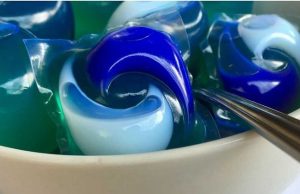History of the Feeler Gauge Tool
The feeler gauge tool, which is used extensively in mechanical and engineering sectors, dates back to the early twentieth century. The feeler gauge, invented as precision measuring became increasingly important in the industrial age, provided for reliable assessment of gaps and clearances between mechanical elements. Its invention constituted a huge advancement in machinery maintenance and assembly, ensuring that components fit together precisely.
Usage of the Feeler Gauge Tool
Precision Measurement
Feeler gauges are made up of a set of thin metal blades, each with a distinct thickness and calibrated to measure microscopic gaps. These tools are indispensable in a variety of applications.
- Automotive Industry: Mechanics use feeler gauges to set spark plug gaps, valve clearances, and engine component gaps.
- Manufacturing: Feeler gauges help guarantee that machine parts fit together correctly, hence maintaining product quality and operational efficiency.
- Engineering: Engineers use feeler gauges in design and maintenance to ensure the precision of assembled parts and machines.
Versatility and Ease of Use
The feeler gauge’s basic form makes it adaptable and straightforward to use. Users can quickly and accurately test clearance by selecting an appropriate thickness blade and placing it into a gap. This simplicity, combined with its dependability, has made the feeler gauge a standard tool in many precision-based sectors.
Legacy of the Vintage Feeler Gauge Tool
Influence on Modern Tools
Modern precision measurement tools carry on the history of the antique feeler gauge tool. While digital and electronic gauges have become more common, the basic principle of measuring gaps with narrow blades has not changed. The feeler gauge’s effect can be observed in the design and functionality of modern tools, which aspire for the same level of reliability and accuracy.
Collector’s Item
Vintage feeler gauges are now highly valued by antique tool collectors and aficionados. These goods are treasured for their quality, longevity, and historical relevance. Collectors frequently seek out well-preserved sets, recognizing the creativity and utility of early twentieth-century engineering instruments.
Educational Tool
Vintage feeler gauges are also useful instructional instruments, providing insight into the progression of precision measurement. They are used in technical institutions and training programs to teach students the principles of mechanical measurement and the value of precision in engineering.
The vintage feeler gauge tool has played an important part in the history of accurate measuring. Its application in a variety of industries, including automotive and manufacturing, has ensured that machinery is assembled and maintained accurately. Today, it continues to inspire modern tools and is appreciated by both collectors and educators. The feeler gauge’s heritage reminds us of the value of precision and the long-term influence of simple but effective engineering solutions.





















